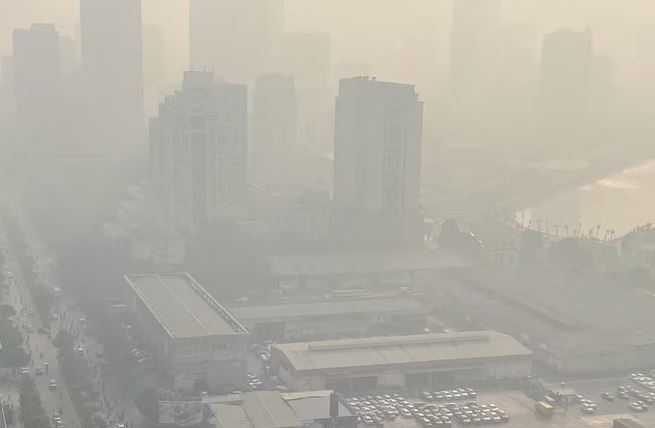Hanoi, the Capital City of Vietnam has now surpassed Delhi to claim the dubious honor of being the world’s most polluted city, enveloped in thick smog with PM2.5 levels spiking to a hazardous 266 µg/m³. This alarming spike in air pollution has led to significant health concerns among residents, particularly affecting the young and the elderly who are experiencing exacerbated respiratory problems due to the toxic air quality.
Meanwhile, Delhi, long known for its severe pollution, has seen a slight reprieve in recent months. However, the Indian capital still faces significant air quality challenges, with PM2.5 levels often exceeding 150 µg/m³ during peak pollution seasons. The city grapples with pollution from vehicle emissions, industrial activities, and the burning of crop residue in neighboring states, leading to frequent smog alerts and public health advisories. Despite government efforts like promoting cleaner fuels and public transportation, Delhi remains among the top polluted cities globally.
Also Read: After Four Decades, Toxic Waste from 1984 Bhopal Gas Leak to Be Incinerated
Back in Hanoi, this alarming spike in air pollution has led to significant health concerns among residents, particularly affecting the young and the elderly who are experiencing exacerbated respiratory problems due to the toxic air quality. Authorities advised residents to wear masks and stay indoors, but many struggled to breathe. Hanoi frequently experiences severe winter pollution and was among the top 10 most polluted capitals globally in 2023, according to IQAir.
In response to this environmental emergency, the Vietnamese government is taking urgent steps to mitigate the situation. Authorities have announced an acceleration in the adoption of electric vehicles (EVs), setting ambitious targets to convert 50% of the bus fleet to electric and ensuring all taxis are electric by 2030.
However, these measures have not been without criticism. Many are calling for even swifter action, arguing that the pace of change needs to be faster to combat the immediate health risks posed by the current air quality crisis in Hanoi.
Key Points:
- Hanoi’s Pollution: Hanoi has become the world’s most polluted city, with PM2.5 levels at 266 µg/m³.
- Health Impact: Residents, particularly the young and elderly, suffer from severe respiratory issues due to the polluted air.
- Delhi’s Pollution: Delhi, though slightly improved, still battles high pollution levels, often over 150 µg/m³, from various sources.
- Government Response in Hanoi: Plans to boost EV adoption with goals for 50% electric buses and 100% EV taxis by 2030.
- Criticism: Calls for faster government action to address the immediate pollution crisis in Hanoi.



